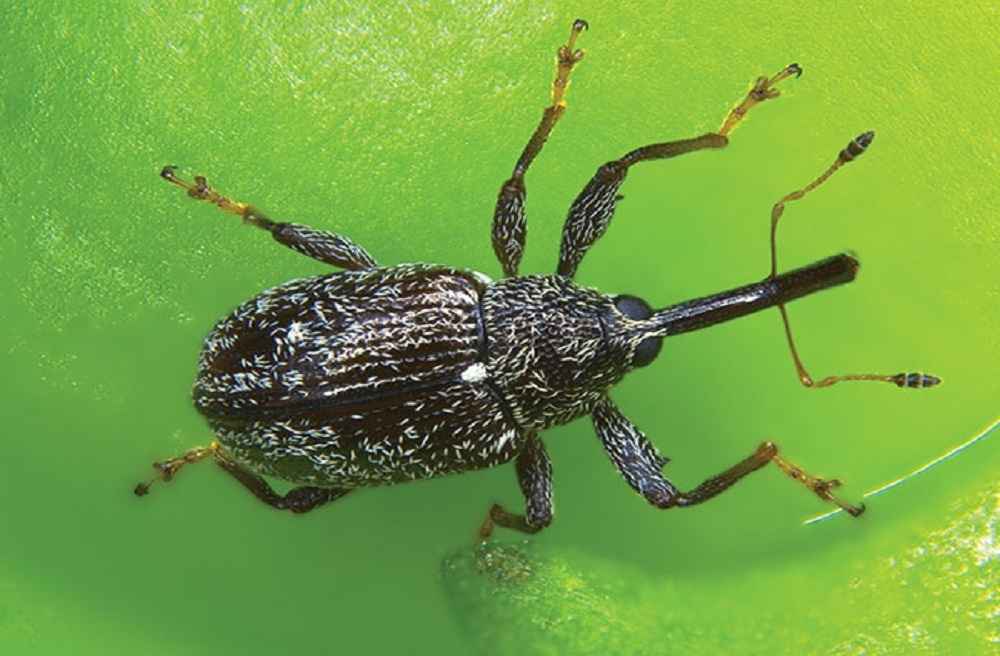
For the first time, researchers in Canada have investigated the use of the sterile insect technique (SIT) for controlling populations of the pepper weevil, Anthonomus eugenii.
The paper, published in the SCI journal Pest Management Science, revealed compelling findings on the use of gamma irradiation as a sterilization technique to improve the sustainability and effectiveness of pepper weevil management worldwide. The study was a collaboration between Bruce Power, Nordion Inc, the University of Guelph (UofG), Agriculture and Agri-Food Canada (AAFC) and the Fruit and Vegetable Growers of Canada.
A. eugenii poses a significant challenge to pepper growers across much of North America, causing millions of dollars’ worth of crop damage annually. The beetle larvae damage the flowers and immature fruit of capsicum plants, with infestations causing yield losses of up to 90 percent. Managing A. eugenii populations is particularly challenging as the development of beetle larvae takes place in the protective confines of pepper fruits.

Roselyne Labbe, greenhouse entomologist at AAFC, and corresponding author of the study, explained the challenges in identifying effective strategies to manage populations of A. eugenii. “In prior research, we found that few conventional, reduced-risk or microbial pesticides could effectively knock down adult populations of the pepper weevil on greenhouse pepper crops. Even assessments of parasitoids that attack larval stages of the pepper weevil had limitations, as they sometimes had trouble accessing hosts deep within the pepper fruit cavity,” she said.
The team, led by Jacob Basso, a researcher at the UofG, turned their attention to the SIT, a genetic control method where large numbers of sterile insects are released into the wild to reduce the reproductive success of the pest. Labbe noted that the SIT seemed promising as prior research was conducted with this technique for control of the cotton boll weevil (Anthonomus grandis), a congeneric of pepper weevil.

Key to a successful SIT program is the selection of an appropriate radiation dose for sterilization of the target species. The authors note, “It is critical to determine the minimum radiation dose at which insects are effectively sterilized but maintain their ability to successfully find and mate with wild individuals.” An analysis of the effects of different gamma radiation doses on A. eugenii pupae revealed that irradiation of both males and females at 110 Gy resulted in completely sterile individuals that could not contribute to offspring production if released in field sites.
The researchers noted that the lifespan of the irradiated beetles at this dosage was reduced to under two weeks and therefore recommended that A. eugenii SIT programs should schedule repeated releases of sterile insects no more than two weeks apart, to compensate for their mortality. For the SIT to become a viable A. eugenii management strategy for growers, numerous practical considerations need to be addressed, according to the researchers. “We still need to examine the dispersal capability of irradiated weevils in the field, and, crucially, to evaluate sterile males for their mating competitiveness against non-irradiated male weevils,” noted Labbe.
The team now hopes to apply SIT to control other pests of horticultural crops. “There is still quite a bit of information lacking with these regards. We are for instance interested in applying this strategy for control of lepidopteran pests that routinely invade greenhouse crops,” said Labbe.